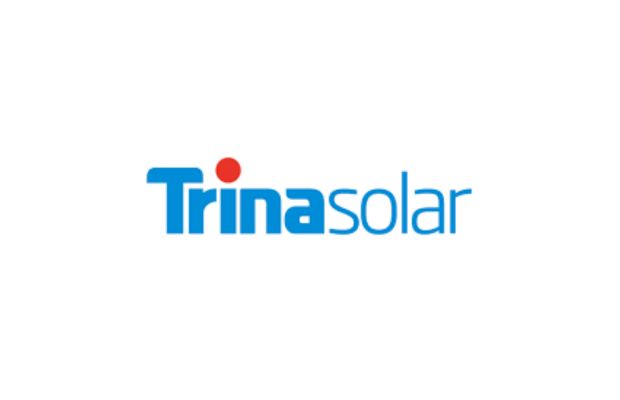Trina Solar, a smart photovoltaic (PV) and energy storage solution prover, announced its strategic expansion into Thailand’s renewable energy sector. Leveraging nearly three decades worth of experience in the solar industry, Trina Solar brings globally leading technology for solar modules, trackers and energy storage systems to serve a diverse range of sectors, including utilities, commercial and industrial projects (including manufacturing, healthcare and hospitality), as well as residential projects. It opines that robust Solar + Battery Energy Storage Systems (BESS) will be a key component to meet the kingdom’s energy commitments.
According to Thailand’s Power Development Plan (PDP), renewable energy is projected to rise to 51%, a significant increase from 20% last year, with solar energy expected to make up about 70% of this total. Another key aspect of the PDP is the introduction of Demand Response measures, which encourage consumers to adjust their electricity usage patterns based on varying electricity prices throughout the day. This aims to enhance the potential for reducing peak electricity demand (Peak Demand).
The country’s Smart Grid plan sets a target of achieving 1,000 megawatts in peak demand reduction and an additional 1,000 megawatts through the use of Distributed Energy Resources (DER). These resources, such as small power generation systems and BESS, will be integrated into microgrid systems to provide reliable energy sources.
This ambitious plan is a crucial step towards achieving Thailand’s carbon neutrality by 2050 and net-zero greenhouse gas emissions by 2065.
Meanwhile, the Electricity Generating Authority of Thailand (EGAT) is pioneering clean energy production by combining solar energy with hydroelectric power from dams. The Hydro-Floating Solar Hybrid project, a cornerstone of this initiative, aims to build 16 projects nationwide with a total production capacity of 2,725 megawatts (MW). The pilot projects at Sirindhorn Dam, Ubon Ratchathani Province, and Ubonrat Dam, Khon Kaen are already operational with a capacity of 45 MW and 24 MW AC respectively.
Dave Wang, Sub-Region Head for Asia Pacific at Trina Solar, commented, “It is an opportune time for the Thai government’s policy towards clean energy, with rapid technological advancements from leading companies like Trinasolar significantly lowering solar energy costs in the past decade. As the only total solutions provider in the industry, Trinasolar’s combination of solar panels, trackers, and energy storage solutions, can unlock further value and help the Kingdom in achieving its ambitious net-zero targets.”
For instance, its award-winning Vertex N panels combine the two top technologies in the market: n-type i-TOPCon technology and 210mm wafer size technology, resulting in world-record-setting power output (740.6W in lab) and higher efficiency. Having a comprehensive solar solutions provider like Trinasolar is a paradigm shift in the industry as its high-power modules can work hand in glove with its tracker and energy storage solutions, providing system stability. Moreover, having one procurement source also streamlines logistics and after-installation services.
He added that Trina Solar will prioritize floating solar solutions and energy storage systems to support the Thai government’s initiatives to boost renewable energy in the electricity sector. Floating solar farms, which maximize available space and benefit from water’s natural cooling effect, are gaining popularity worldwide.
In Thailand, Trina Solar has implemented a 24 MW AC floating solar plant at Ubonrat Dam in Khon Kaen, which has been operational since March 2024. This project is expected to cut CO2 emissions by 41,000 tons and generate 46 million kWh of electricity annually, supporting approximately 18,000 homes. Its Vertex series panels are also used in prominent solar farms in India, Malaysia, Vietnam, and Singapore.
With the wide-scale adoption of solar, coupling solar modules and BESS for utility-scale projects presents a new dimension of benefits. Batteries store excess solar energy during the day and can release it when required, reducing reliance on the grid during peak hours, providing greater grid flexibility, and ensuring a constant and efficient energy supply. For example, hydro-floating solar plants can produce electricity from solar energy during daytime and hydropower during night-time. Meanwhile, the BESS will sustain electricity generation during the transition of electricity generation between the two energy sources.
Another key advantage is that electricity generated by other renewable energy sources, for instance, thermal and wind energy, can also be integrated into the energy storage system. Combined with high-capacity lithium iron phosphate (LFP) battery cells like the Trina Storage Cell with a robust lifecycle of about 20 years, this translates to a lower levelized cost of storage (LCOS) making renewable energy projects more economically competitive. Overall, this approach can enhance the Loss of Load Expectation (LOLE) and improve energy resilience, which is crucial for maintaining critical services.

